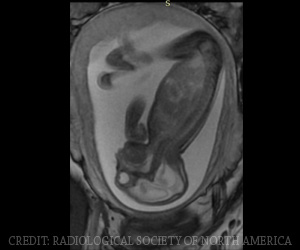
‘There is a strong need for targeted neuroprotective therapies, to improve outcomes for the large group of critically ill children suffering from acute neurological conditions, who are at a high risk of adverse clinical outcomes.’
Tweet it Now
Worldwide Snapshot of Acute Neurological Conditions Among Critically Ill Children The PANGEA study (Prevalence of Acute Critical Neurological Disease in Children: A Global Epidemiological Assessment) was designed to assess the multinational prevalence and outcomes of critical neurological injuries and illnesses among children in participating ICUs. On four days during a one-year period, ICUs at 107 hospitals provided information on children with acute neurological conditions."Acute neurological conditions in children are associated with high mortality and morbidity (cognitive, physical and emotional disability) rates, and largely lack targeted neuroprotective therapies that improve outcome," Dr. Fink explains. "Measuring the burden of these conditions is a step towards strategizing prospective study design and allocation of resources to achieve the long-term goal of improving outcome for these children."
The hospitals contributed information on a total of 924 patients. Although nearly 90% of the hospitals were in North America or Europe, hospitals in Africa, Asia, Oceania and South America were represented as well. A separate study looking specifically at traumatic brain injury at low-resource settings in Africa is underway (PANGEA-Developing Countries). Overall, 16.2% of children in the reporting ICUs had acute neurological conditions. The children's ages ranged from seven days to 17 years. Many children had preexisting medical conditions, but 61% had normal neurological status before their current hospitalizations.
Cardiac arrest, resulting in lack of blood flow to the brain, was the most common overall cause of acute neurological conditions (23%). Other causes included traumatic brain injury (19%), central nervous system infection or inflammation (16%), and stroke or a mass, such as a brain tumor (9% each).
Regions differed in terms of most common condition reported. Infection/inflammation was the most common cause in Asia, South America, and the sole African hospital contributing to the study. In all other regions, cardiac arrest was the main cause.
Advertisement
"The growth of pediatric neurocritical care services in pediatric ICUs and development of a pediatric neurocritical care research network reflect the specialty's acknowledgment and commitment to improve outcomes for children with acute neurologic insults," Dr. Fink and coauthors write. They believe that the PANGEA data "suggest a vital need for resources to assist in the challenge of improving outcomes for these children throughout the span of the periods of emergency care through to rehabilitation."
Advertisement
Source-Eurekalert














